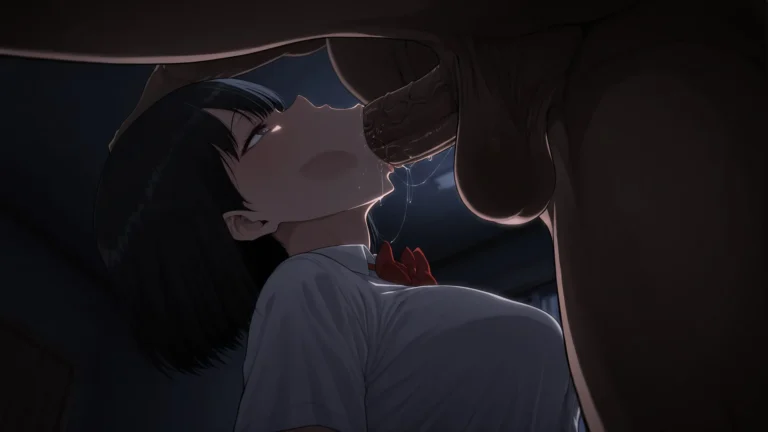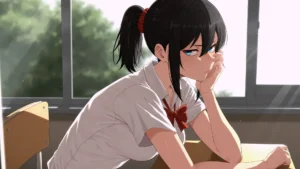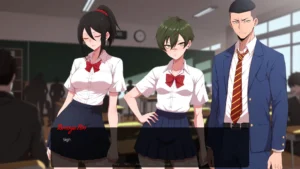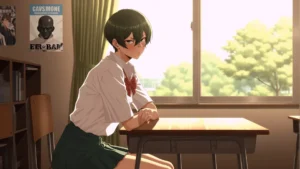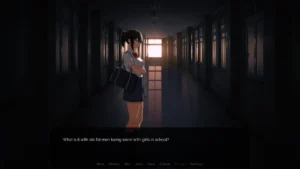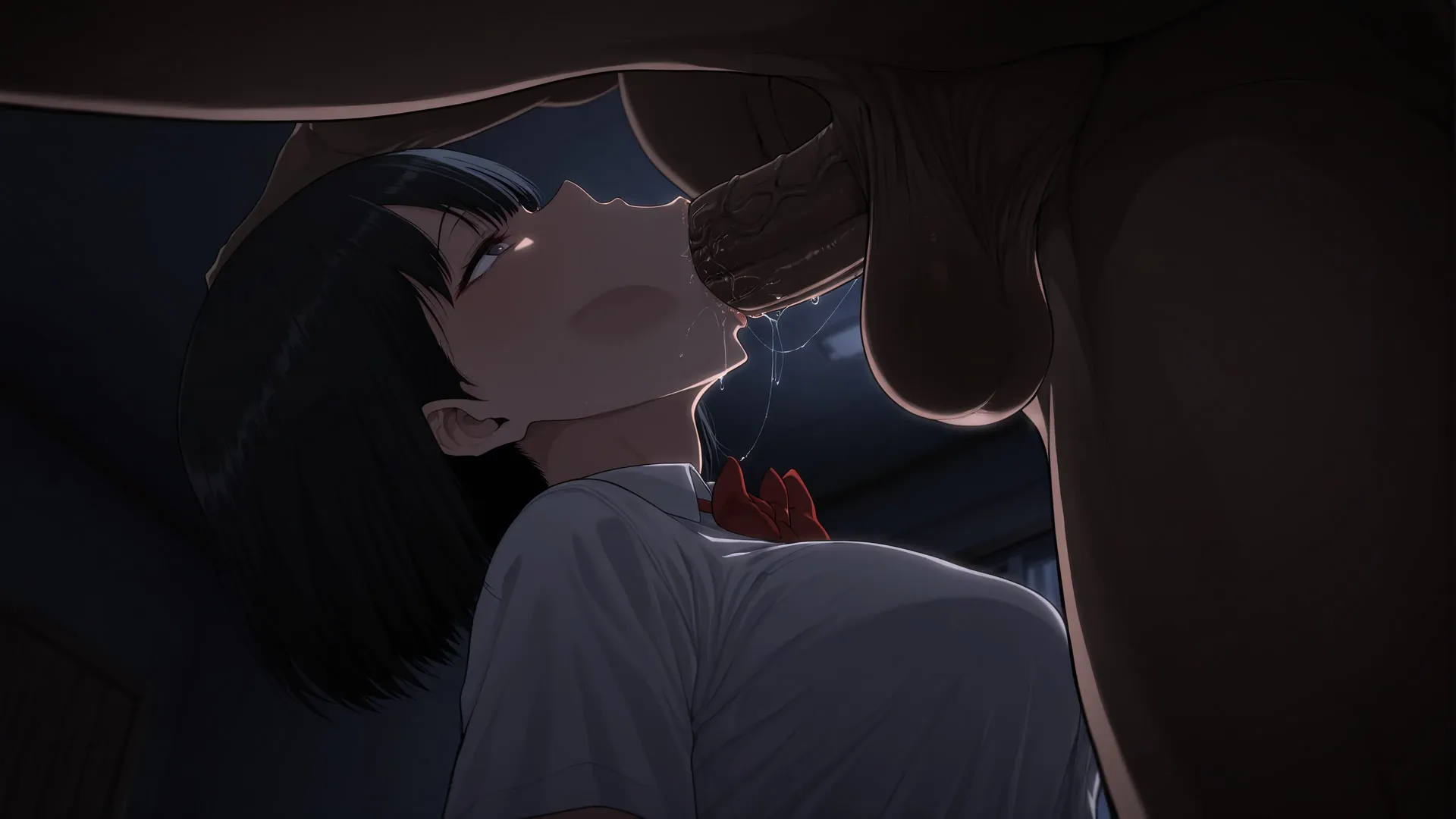
Aperture
Play Aperture
Aperture review
An in-depth look at Aperture, the narrative-driven adult game with emotional depth
Aperture is a narrative-driven adult game that immerses players in a complex story of emotional turmoil and slow corruption. Centered on Keita, an 18-year-old student navigating the challenges of a prestigious academy, the game blends mystery and intense character dynamics. This article explores Aperture’s storyline, gameplay mechanics, and thematic depth, offering insights into why it captivates players seeking a mature and thought-provoking experience.
Unpacking Aperture’s Story and Characters
Let me tell you about the first time Aperture truly got its hooks into me. I was playing late at night, completely immersed in the Hoshino Academy setting, and I had to physically put the controller down during a particularly tense scene. It wasn’t a jump scare that got me; it was the slow, creeping dread of the narrative. That’s the power of the Aperture game story—it doesn’t shock you into feeling, it meticulously dismantles your sense of security. This isn’t just a game; it’s an emotional journey that lingers long after you’ve finished playing.
The brilliance of this Aperture game story lies in its characters. They aren’t just archetypes; they feel like real people being put through an emotional wringer, and you’re right there in the front row, feeling every gut punch. 🎭 If you’re looking for a light-hearted escape, this isn’t it. But if you want a story that challenges you and makes you feel, you’re in the right place.
Who is Keita? The Player’s Perspective
Stepping into the shoes of the Keita character in Aperture is like being handed a glass heart and then told to walk through a maze of sharp corners. 🫣 You play as Keita, a new transfer student to the prestigious, yet ominously serene, Hoshino Academy. On the surface, he’s your typical, somewhat shy protagonist, but the game brilliantly uses his perspective to pull you into its web.
What makes the Keita character in Aperture so effective is his relatability. He’s not an action hero; he’s a regular guy trying to navigate a new social landscape, make friends, and maybe find a little romance. You guide his decisions, both big and small, and this creates a powerful bond. His hopes become your hopes, and his anxieties? You feel those too. The Aperture emotional themes of isolation and the desire for connection are channeled directly through him.
My biggest piece of advice? Pay close attention to the dialogue choices. The game rarely signposts a “good” or “bad” decision. Sometimes, the most innocent-seeming reply can have ripple effects you never see coming.
As the mystery of Hoshino Academy deepens, Keita’s role evolves from a mere observer to an active participant in a dangerous game. The NTR story in Aperture elements, which focus on emotional turmoil and complicated relational dynamics, are experienced firsthand through his eyes. This isn’t a story you watch happen to someone else; it’s one you live through with him, and that intimacy is what makes the emotional impact so profound. 💔
The Role of Daizo: Antagonist and Manipulator
Every great story needs a compelling villain, and Daizo delivers in spades. 🐍 If you think a school principal is a boring antagonist, think again. Daizo isn’t a cackling supervillain; he’s something far more terrifying—a calm, calculating, and utterly ruthless manipulator. The Daizo antagonist role is central to understanding the oppressive atmosphere that defines the Aperture game story.
He doesn’t wield a weapon; he wields influence, secrets, and the very structure of the school itself. His presence is like a constant, low-grade hum of threat in the background of every interaction at Hoshino Academy. The Daizo antagonist role is to be the architect of the game’s central conflict, pulling strings from the shadows and forcing characters into impossible situations.
I remember moments where a simple conversation with him in his office felt more tense than any boss fight. He speaks softly, his words laced with implied threats and unspoken knowledge. He represents the corrupt system, the abuse of power, and the emotional themes of control and powerlessness that run throughout Aperture. His manipulations are the engine that drives much of the character drama, particularly when it comes to Rin.
Rin’s Journey: From Hope to Downfall
Rin’s character is the emotional core of the entire experience, and her journey is a masterclass in tragic storytelling. 🌸 When you first meet her, she’s a beacon of light at Hoshino Academy—kind, optimistic, and seemingly untouched by the darkness lurking in the halls. Witnessing the Rin character arc is both beautiful and heartbreaking.
Initially, her relationship with Keita offers a glimmer of normalcy and hope. But the Aperture emotional themes of slow corruption and anxiety begin to take their toll. External pressures, masterfully orchestrated by figures like Daizo, and internal conflicts start to wear her down. The Rin character arc isn’t a sudden fall from grace; it’s a gradual erosion. You see the light in her eyes dim, her posture change, and her optimism turn to despair piece by piece.
This is where the game’s narrative strength truly shines. You aren’t just told she’s struggling; you see it in every subtle animation and hear it in the growing hesitation in her voice. The NTR story in Aperture aspects come into play here, not for shock value, but to amplify the sense of powerlessness and emotional devastation for both Rin and Keita. Watching someone you care for slowly break apart, and feeling partially responsible for it, is a uniquely powerful and unsettling experience.
To help visualize how these three central figures interact and conflict, here’s a breakdown of their core traits and functions within the story:
| Character | Key Traits | Narrative Role |
|---|---|---|
| Keita | Empathetic, Anxious, Determined | The Player’s Avatar & Emotional Anchor |
| Daizo | Manipulative, Calm, Authoritative | The Architect of Conflict & Corruption |
| Rin | Hopeful, Vulnerable, Resilient | The Beating Heart & Tragic Focus |
The Aperture emotional themes are not just background noise; they are the very fabric of the game. Themes of betrayal, the agony of powerlessness, and the corrosion of innocence are explored with a raw honesty that few games attempt. The Hoshino Academy setting is more than just a backdrop; it’s a gilded cage that reflects these themes in its pristine, orderly, and suffocating environment. 🏫 By the time the credits roll, you’ll have experienced a story that is as thought-provoking as it is emotionally draining, cementing the Aperture game story as a memorable exploration of the darker sides of human relationships.
Aperture offers a unique blend of mystery, emotional depth, and complex character dynamics that set it apart in its genre. Through the eyes of Keita, players experience a story rich with tension and gradual transformation, driven by compelling characters like Daizo and Rin. Whether you are drawn to narrative-driven games or intrigued by the emotional challenges presented, Aperture provides an engaging and thought-provoking experience. Dive into the game to uncover its layers and immerse yourself in its gripping story.
